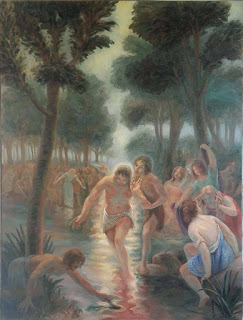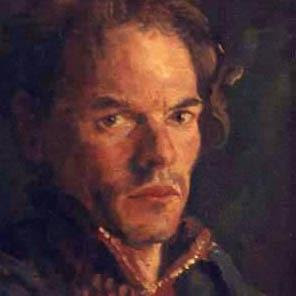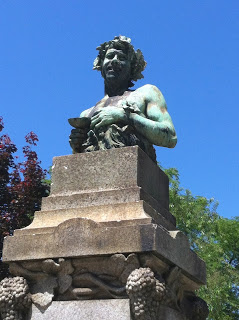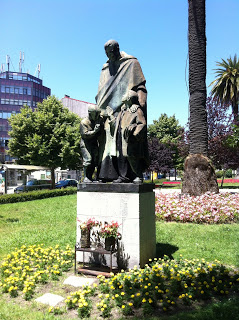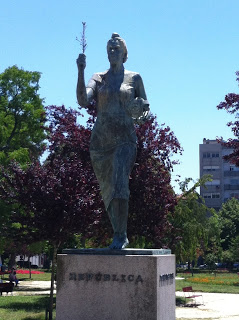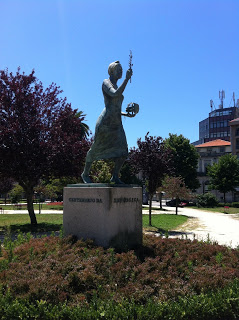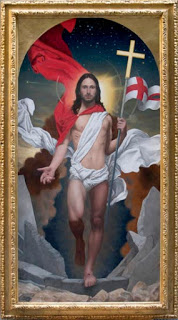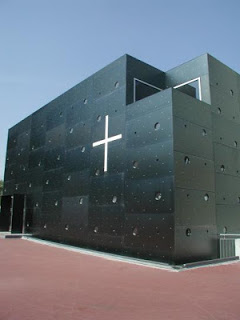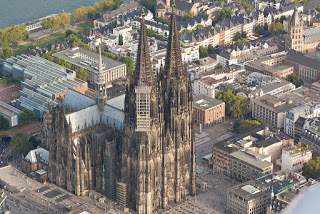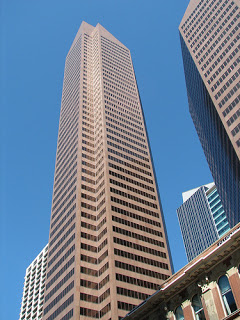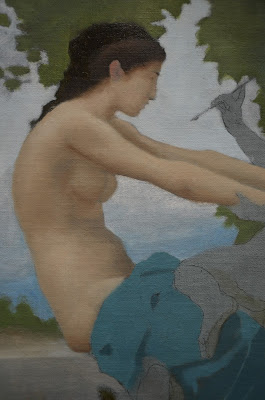Robert Beverly Hale
In a recently purchased second hand anatomy book I came across a couple pages clipped from a magazine. They were about the great anatomy teacher Robert Beverly Hale.
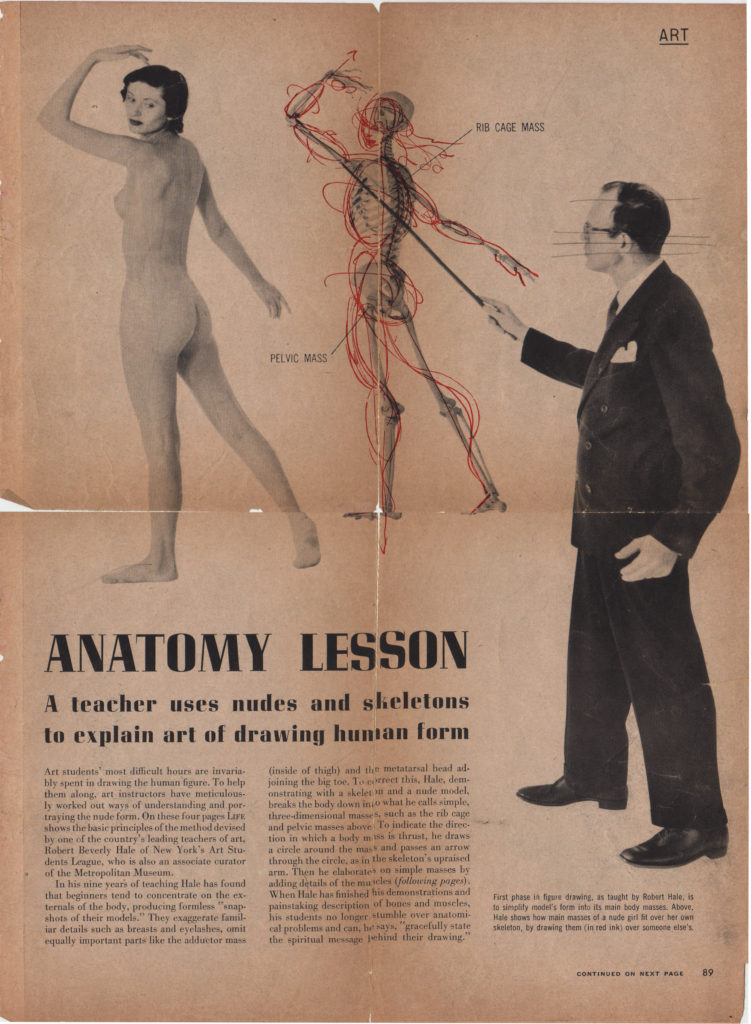
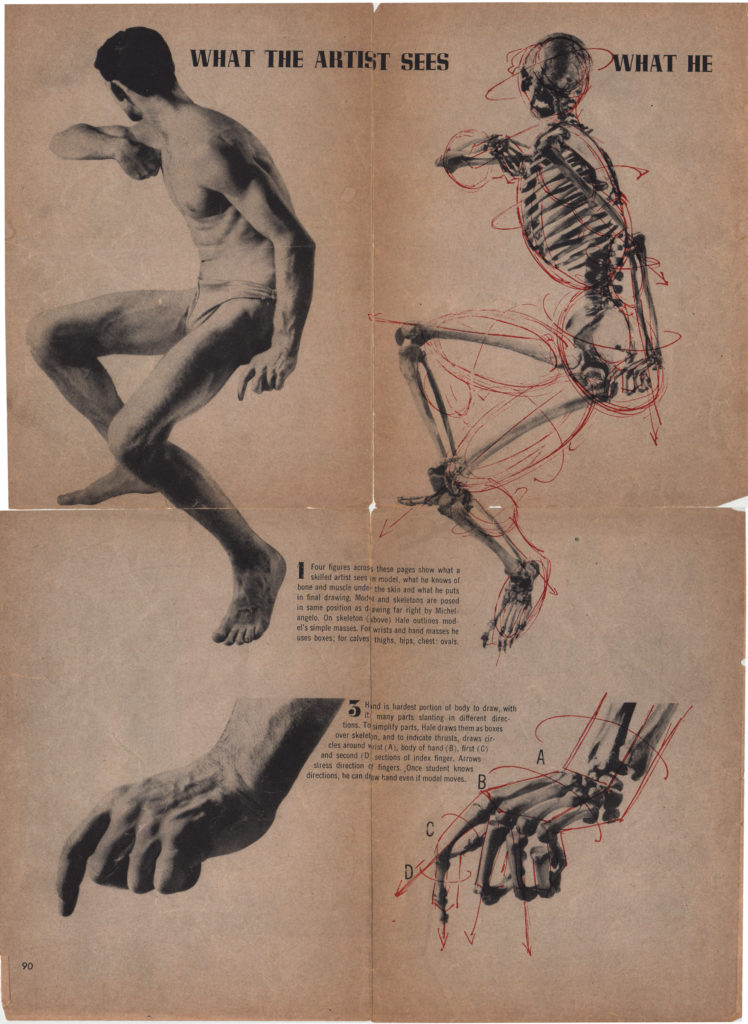
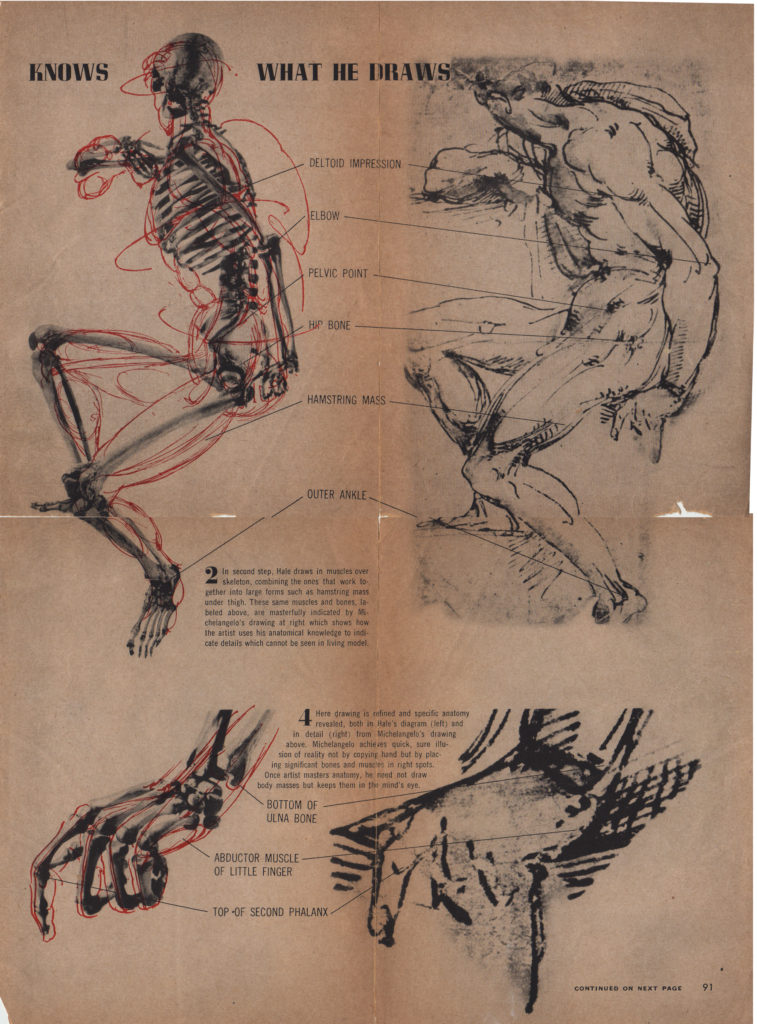
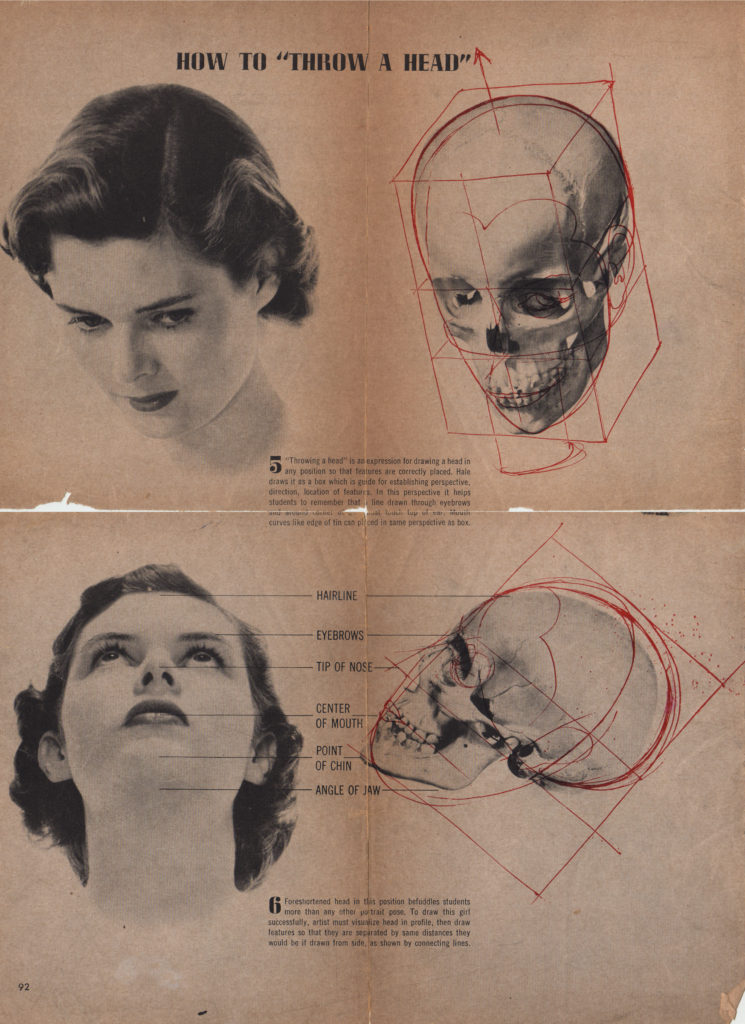
If you are interested in more of Hale’s teaching a number of his lectures were recorded and are on youtube:
The recently deceased Daniel E. Greene painted on Hale’s portrait, one of the greatest portraits of the 20th C.
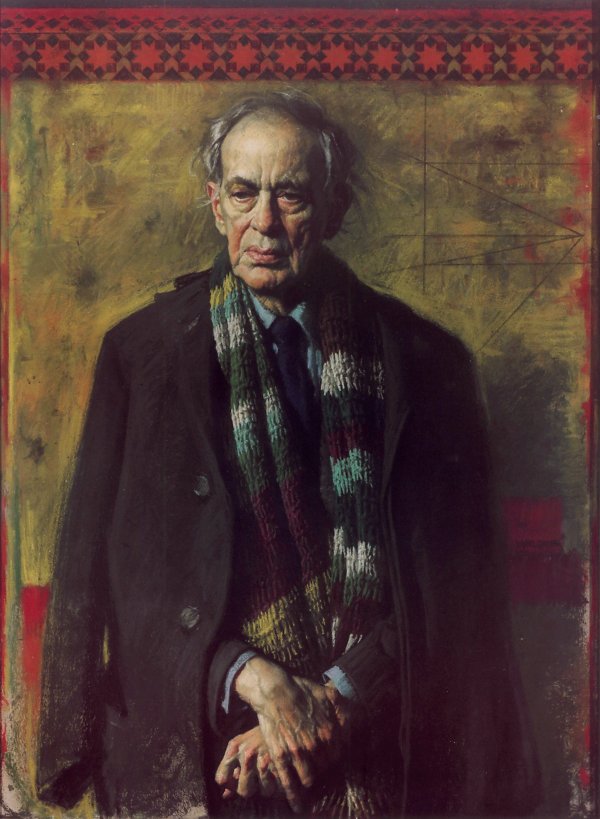
Podcast: Off the Coast with Alan Pascuzzi
Interview with Dr. Alan Pascuzzi
In this episode I speak with Dr. Alan Pascuzzi, Professor of Fine Arts and Renaissance Art History with almost 20 years teaching experience in various universities in Florence.
A Fullbright scholar to Florence, Dr. Pascuzzi obtained his PhD from Washington University with specialisations in Greek and Roman sculpture and Italian Renaissance art. A professional artist as well, he has several permanent frescoes, paintings and sculptures in the centre of Florence other cities in Italy and in Australia.
Expert in traditional Renaissance drawing, painting and sculpting techniques, he has appeared in various TV productions on Renaissance art such as the BBC special on the colour Blue and a recent documentary on the life of Leonardo.
Most recently Dr. Pascuzzi released his first book: “Becoming Michelangelo” in which he recounts the young Michelangelo’s journey from student to master, using the artist’s drawings to chart his progress and offering unique insight into the true nature of his mastery.
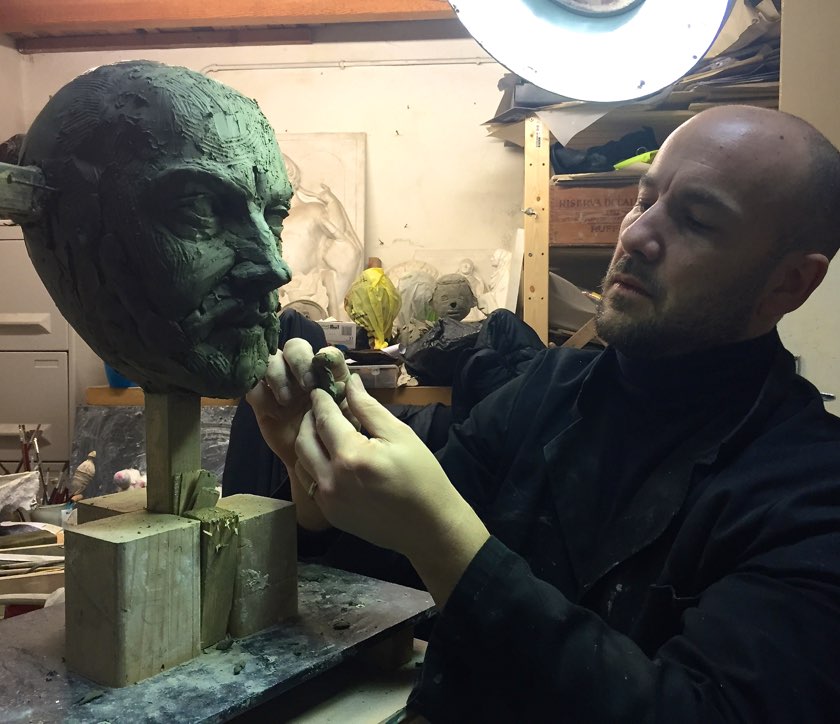
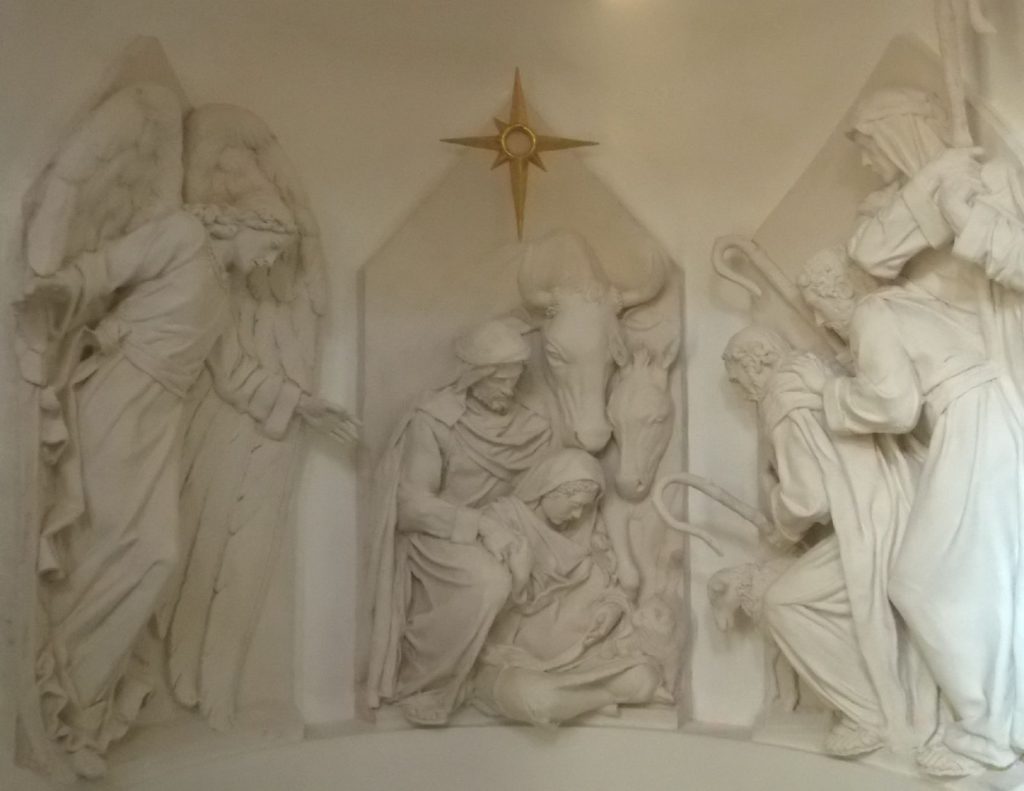
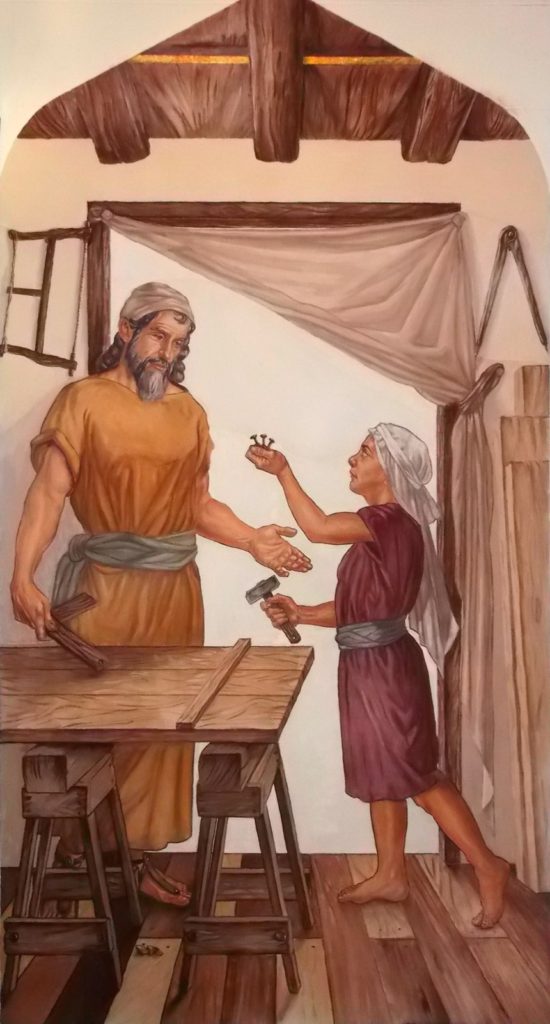
Off the Coast with Paul Rhoads
This episode of the podcast is an interview with artist, writer and composer Paul Rhoads. Paul has some very interesting opinions and certainly is willing to go against popular thought. Our talk is mostly about painting and culture:
Off the Coast with Paul Rhoads
A link to Rubens’ book on the human figure: https://archive.org/details/theoriedelafigur00rube
This video of Paul’s gives an excellent introduction to what I call the perfect painting method:
Podcast is Back!
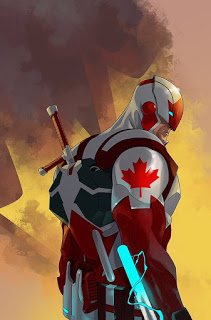
I am relaunching my podcast with an aim to make it a little more consistent. I will be interviewing individuals, mostly artists to start with, whose work I am interested in. These will be fine and sacred artists as well as comic book artists and illustrators.
My first interview is with Kalman Andrasofszky. Kalman is a Toronto native, best know for his work on the relaunch of Captain Canuck. His career spans 17 years and includes card work, covers, a creator owned series for DC and a member of R.A.I.D. studios. To wrap it up we go in-depth into his work for Chapterhouse Comics. Hope you enjoy.
Click on this link:
Off The Coast with Kalman Andrasofszky
Podcast intro music “Amnesthesia” by Kid Cholera
Exit music : “More Like You” by Brave Shores
You can find Kalman here:
https://www.instagram.com/evilkalman/
https://www.raid.world
https://iamkalman.carbonmade.com

The Figurative Sculpture of Northern Portugal: Part One – Praça da República, Porto
To start this series lets take a look at Praça da República in Porto.The square was opened in the latter half of the 18th century. Shortly after the military headquarters was built on the north side and the area was used for military maneuvers. In 1910, upon the proclamation of the Republic, the square was further developed with the addition of flower beds and the sculptures below.
THE RESURRECTION OF THE SON OF GOD
Christ is the very heart of Christianity. As the Gospels and the Old
Testament must be interpreted in light of the Resurrection of Jesus Christ from
the dead, so too must our lives.
be affirmed and confirmed. The modern world’s misunderstanding of the meaning
of the Passion and the Resurrection is profound. As predicted by St. Paul in 1,
Thessalonians 4:13: “Brothers, we do not want you to be ignorant about those
who fall asleep, or to grieve like the rest of men who have no hope.”1 Many
around us are “without hope and without God in the world.”(Ep
2,12). The disintegration of the family, abortion, the rise of euthanasia, and
an ever increasing desire to satisfy only the flesh are a reflection of the
denial of the redemptive power of suffering. In his Apostolic Letter, Salvifici
Doloris, Pope John Paul II offers enlightening words in this regard. Human
suffering, has reached its culmination in the Passion of Christ and at the same
time it has entered into a completely new dimension and a new order: it has been
linked to love, to that love which creates good, also drawing it out from evil by
means of suffering, just as the supreme good of the Redemption of the world was
drawn from the Cross of Christ, and from that Cross constantly takes its beginning.
The Cross of Christ has become a source from which flow rivers of living water.
comfortable lives, we face something we cannot control: death. The more energy
we spend soothing ourselves, the further we move away from an understanding of
our true end and a denial of the resurrection.
appeared to Simon.” Then the two told what had happened on the way, and
how Jesus was recognized by them when he broke the bread. While they were still
talking about this, Jesus himself stood among them and said to them,
“Peace be with you. “They were startled and frightened, thinking they
saw a ghost. He said to them, “Why are you troubled, and why do doubts
rise in your minds? Look at my hands and my feet. It is I myself! Touch me and
see; a ghost does not have flesh and bones, as you see I have.” When he
had said this, he showed them his hands and feet. And while they still did not believe it because of joy
and amazement, he asked them, “Do you have anything here to eat?”
They gave him a piece of broiled fish, and he took it and ate it in their
presence. (Lk 24,34–43)
speak of resurrection. In
first appear with the sun gods. Later, the myth of Osiris has him brought back
to life by Isis and become the judge of the dead. The eastern concept of
reincarnation is related to resurrection. In Mesopotamia, we hear the story of
Tammuz who was banished to the underworld but revived six months later. Attis
was reborn as an evergreen tree, an event celebrated March 25 in the Phoenician
civilization. The Greco- Roman world had Adonis. According to Homer when
the ancient classical world spoke of bodily resurrection they only did so to
deny it. Death could not be undone.3 Writers
of the time maintained that the dead were in fact non-existent. Plato proposed a
radically different view of resurrection. For Plato, the soul is the true form of
the person. The body is temporary while the soul is forever. When a person dies his soul goes to Hades and there, judgment
is passed on him.
fall into three categories:
life after death. Slowly, the idea that God’s love endures even after death
developed, indicating some kind of afterlife. The final version built on this
concept by including bodily life after death.4 Despite
such beliefs, resurrection makes few appearances in the Old Testament. Into these worldviews Christianity was born.
The first Christians insisted that Christ did rise bodily from the dead. This
hope was at the center of Christianity. It was, at its core, a resurrection
movement and its entire theology rested upon that one event: Jesus of Nazareth
had been raised from the dead in a transformed body.5 In
the Resurrection of Christ, myth and history meet and reality is transformed.
also a fact. The old myth of the
down from the heaven of legend and imagination to the earth of history. It
happens – at a particular date in a particular place, followed by definable
historical consequences. We pass from a Balder or an Osiris, dying nobody knows
when or where, to a historical person under Pontius Pilate. By becoming fact it
does not cease to be myth: that is the miracle…this is the marriage of
Heaven: Perfect Myth and Perfect Fact, claiming not only our love and obedience,
but also our wonder and delight, addressed to the savage, the child, and the
poet in each one of us no less than to the moralist, the scholar and the
philosopher.
four gospels share the story of a visit to the tomb by Mary Magdalene on the
first day of the week. What she found was an empty tomb. Shortly thereafter,
Christ begins to make appearances. The Lord appeared first to Mary Magdalene
who did not recognize him. “Sir, if you have carried him away, tell me where
you have put him, and I will get him.” (Jn 20,15). It was not until Jesus spoke
her name that she recognized him. On the evening of that first day, “Jesus came
and stood among them and said, “Peace be with you!” After he said
this, he showed them his hands and side. The disciples were overjoyed when they
saw the Lord.” (Jn 20,19–20). In Emmaus he remained unrecognized by the disciples until he broke bread.
shown by God in the Incarnation and affirms the goodness of God’s created
realm. It demonstrates the importance of this created realm and more
specifically the value of the body. It was upon this value that history was
written for the last two millennia. For art history, the body became subject
supreme as artist used it to express man’s place in the world and his relationship to God.
Christ transformed body is revealed to us through the sacraments. We know from
the experiences of the apostles that this revelation is not immediately visual. It takes place in the heart. “Then
their eyes were opened and they recognized him, and he disappeared from their
sight.” (Lk 24,31).
idea of man’s fallen nature. Science disallows the possibility of resurrection
and the comfort of modern life sees little meaning in it. It is true, we do not
“believe” in the Resurrection because it is not the result of intellectual
inquiry. It is supernatural and a mystery, the place where God and humanity
overlap. Rather we come to faith in the Risen One and when we do, we discover
who we are and what it means to be human.
Poet in Cinema
Tarkovsky’s views on art are very interesting and go counter to what we are told is art in our post-modern culture. I, for one, find myself agreeing with him.
Part One:
The Superficiality of Modern Art and Architecture
–Old Errors and New Labels by Fulton J. Sheen, c. 1931.
In architecture is reflected a philosophy of
life. The philosophical basis of the contemporary world is materialism, that is,
the negation of the spirit. If, however, no other world exists, only what can
be seen, palpated and scientifically analyzed, then it is clear that there can
never be architectural ornamentation as ornamentation is a symbol of
communication with the immaterial through matter. Ornamentation implies or
assumes that there is another world beyond this around us. The buildings of modern architecture therefore
resemble glass cages and boxes of giant shoes, built on stilts. They are purely functional buildings since
the only function
in a materialistic civilization is the business or exchange of things of this
world.
invisible things, the architecture was ennobled with countless ornaments: the
pelican feeding the children with the very blood of its veins symbolized the
sacrifice of Jesus Christ; the lion breathing life into dead offspring represented
the Resurrection; the fox, peering at the door of his den, served as a prescient
warning of Satan’s traps. With his triumphal entry into Jerusalem, Our Lord
said that if the men were steadfast in their faith in God, even the very stones
would proclaim His triumph. This actually came to pass in the the Gothic
cathedrals!
today do not believe in the existence of another world, do not expect for
themselves other destination than the same of inert stones. With faith in the
spiritual lost, architecture ceases to express or symbolize.
I was unable to find this passage in the original English.
A Recipe for Tempera Putrido
This recipe came to me via John Angel who had a tube of it in his fridge back in the early 2000’s. I was responsible for moving his home to a new apartment and I forgot the tube of putrido. It worked wonderfully and so I am not sure if I will ever live it down.
You will need both tempera white and oil white:
Tempera white – Mix together: 1 part egg yolk, 1 part water and 1 part pigment.
Oil white – white pigment ground thickly into stand oil.
The pigment can be titanium white or lead white although lead pigment is highly toxic if breathed in.
Then: one part oil white ground in one part tempera white will give you tempera putrido. Tube it and store it in the fridge.
Here is an old BBC video of Pietro Annigoni, John Angel’s maestro, mixing tempera colours for his painting.
Steps in the Production of a Painting Video
I just started playing around with some new video software and have put together some videos on the painting process, mostly aimed at helping my students.
Here is one on the steps in the production of a painting:
https://www.youtube.com/watch?v=qbCqobeTlI0
Here is “Big Form Modelling a Bouguereau”.

